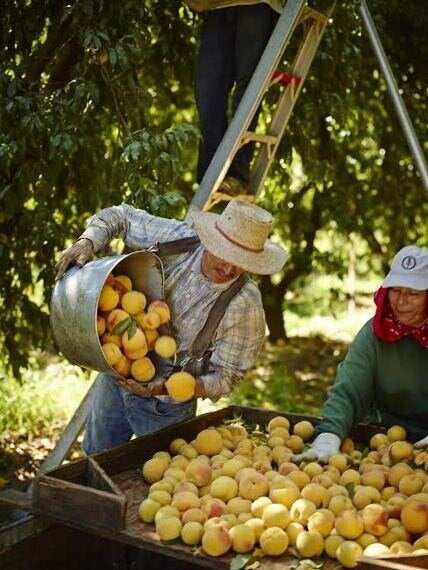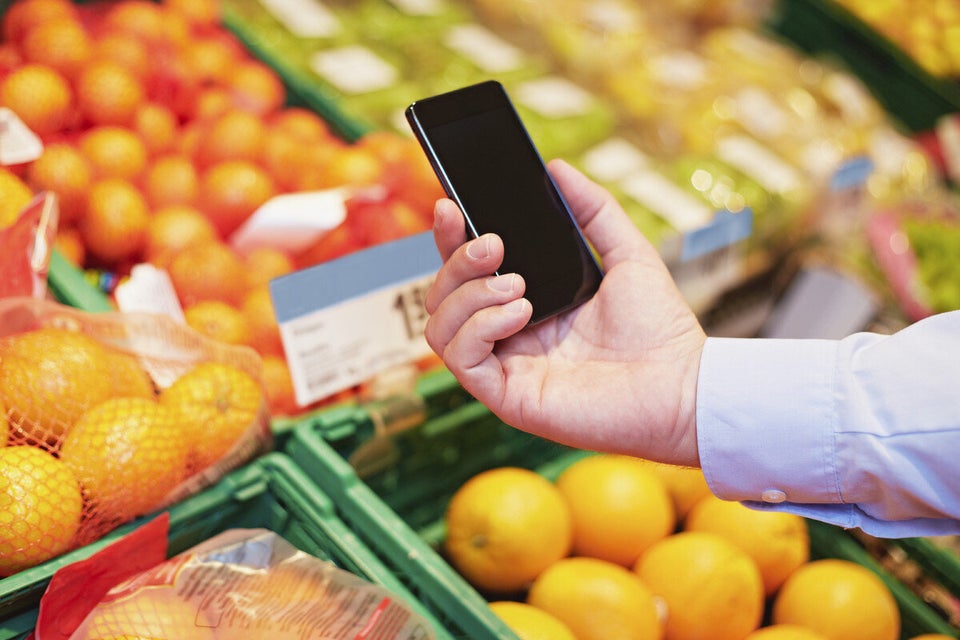Food prices are out of control!
Most of us have noticed crazy $7 cauliflower and the overall shift upwards of our grocery bills. And it's not likely to change over this year -- The University of Guelph's Food Institute estimates that most of us will spend almost $350 more on food in 2016. As a mom who shops for five people, I seriously want to pass out every time I see my grocery bill. It's that bad.
The reasons for the increased cost of food are both the climate -- horrible weather where food is grown -- plus the fact that the loonie is tanking right now and not expected to recover in the near future. Good for the price of gas, terrible for the price of food.
In the past month or so, I've had to field a lot of questions from clients and the media about cutting your grocery bill to something sort of reasonable. It's actually not too hard to do, and my suggestions are below.
One positive thing that can come out of all of this -- take this opportunity to reconsider your grocery choices overall. Try new foods, increase your plant-based proteins, and cook different meals. You've got access to so many recipes on Pinterest and recipe sites, there's really no reason why you need to shop out of habit when you can buy cheaper food and try new things.
Take another look at canned and frozen produce:
Canned fruits like California cling peaches are picked at the peak of ripeness, and canned within 24 hours of being removed from the tree. Unlike fresh produce grown elsewhere, they don't sit on a truck for days being brought here from where they're grown, and unlike some fresh produce, they haven't been picked before they're ripe. Canning increases key nutrients like vitamins A, C, and folate (by 10x!), as well as the antioxidants (like lycopene) in the peaches. Choose peaches packed in their own juice for an affordable, naturally sweet treat that tastes like summer. Ahhh summer. Remember summer?

Look at all those gorgeous California cling peaches!
Frozen fruits and vegetables are fantastic options as well as long as they're not seasoned. Just like canned fruits, frozen fruits and vegetables are picked at the peak of ripeness and flash-frozen within 24 hours to seal in all the freshness and nutrients. Just like canned fruits, frozen fruits and vegetables are ready when you are, and can be stored for long periods of time, reducing food wastage (which is another big problem).
Choose in-season produce:
Even though it's winter, there are still some vegetables and fruits that are in season. Winter squash, parsnips, cabbage, white and sweet potatoes, beets, and carrots are all less-expensive, seasonal options at this time of year. For fruit, there's apples, grapefruit, pears, and oranges. Buying seasonal at any time of year is always the most cost-effective way to shop.
If you need ideas on how to cook with, say, rutabaga -- check out Healthy Aperture or Epicurious online -- two of my favourite sites. Make a coleslaw with cabbage, or a carrot and beet salad -- both great ideas to get your salad fix without the expensive leafy greens. Sprinkle with some seeds for healthy fats -- seeds are less expensive than nuts right now.
Eat more plant-based proteins:
2016 is the Year of the Pulse, which means that beans, lentils, and chickpeas are being heavily promoted. This is a great thing, because they're highly nutrient-dense, super-healthy, kind to the planet, delicious, and cost-effective. They're so versatile too -- use lentils to substitute for half or all of the meat in tacos, make a yummy chickpea curry, or use these chipotle black beans for protein in your salad or rice bowl.
Tofu is another plant-based protein that's so easy to cook -- pan fry it quickly or marinate it, for example -- and it's a source of calcium and iron. It's also really inexpensive, and even the organic type is still cheaper ounce for ounce than meat.
Breakfast for dinner:
Eggs are one of the cheaper proteins, and using them to make a hearty frittata is one way to serve them up at any meal. Combine them with potatoes, kale, and some kimchi for one of my favourite cost-effective recipes.
Remember that this too shall pass, but at least you can take this opportunity to try some new foods that you might love forever!
Discosure: Abby Langer is an ambassador for California Cling Peaches.
MORE ON HUFFPOST:
